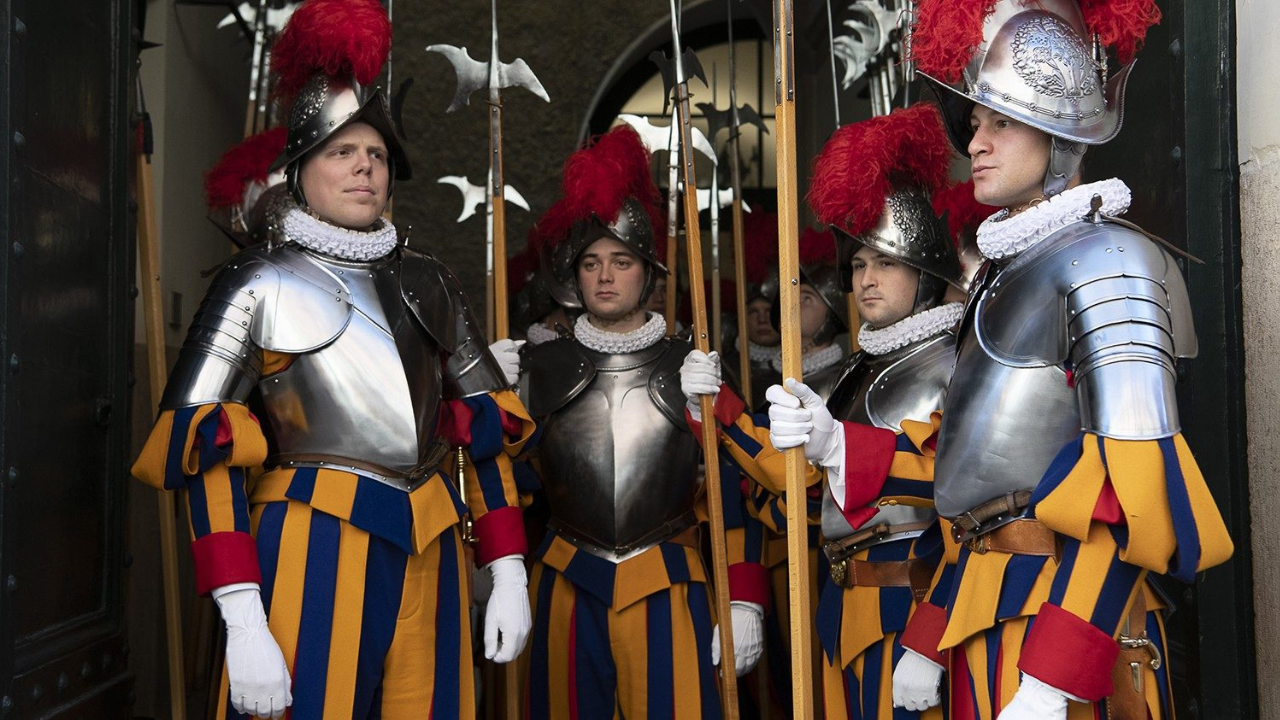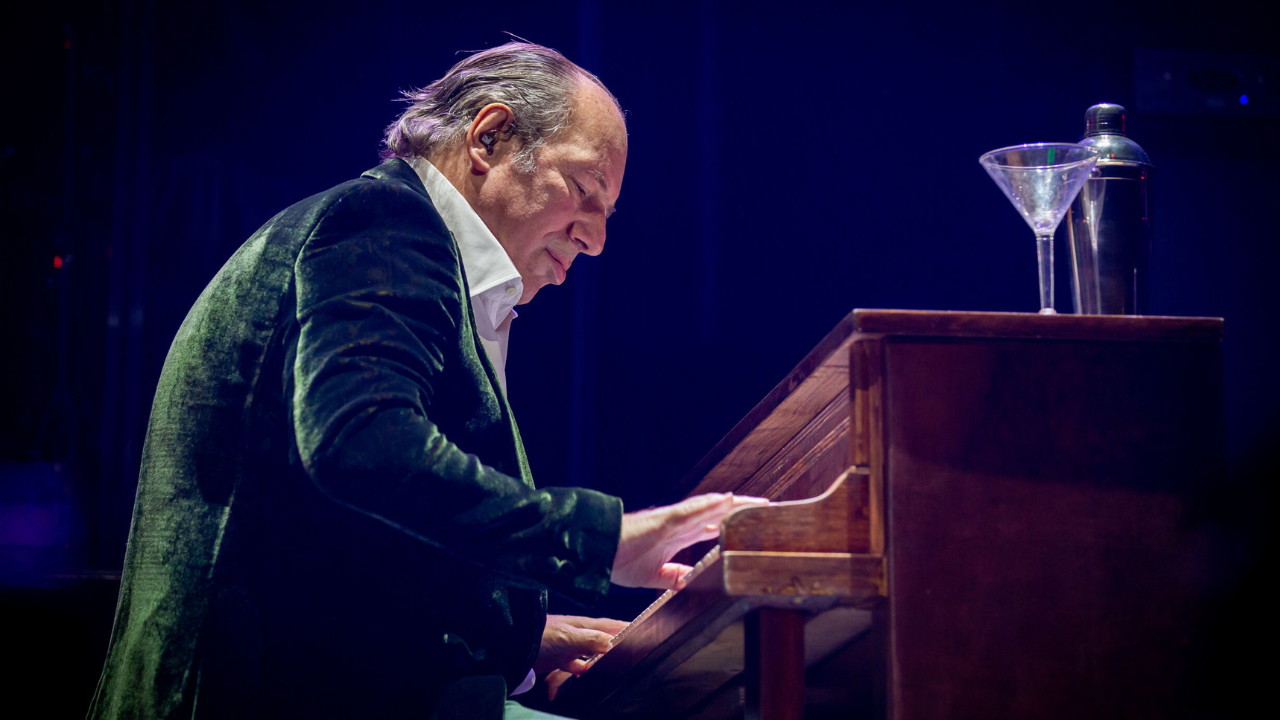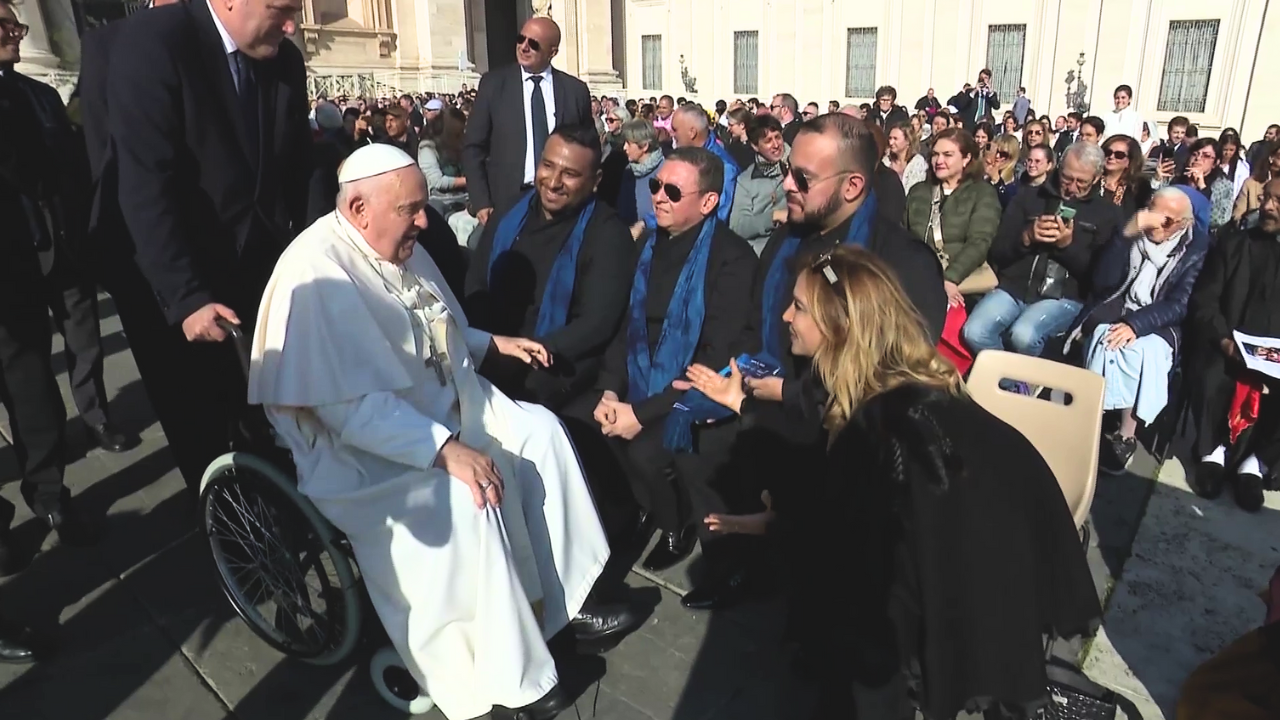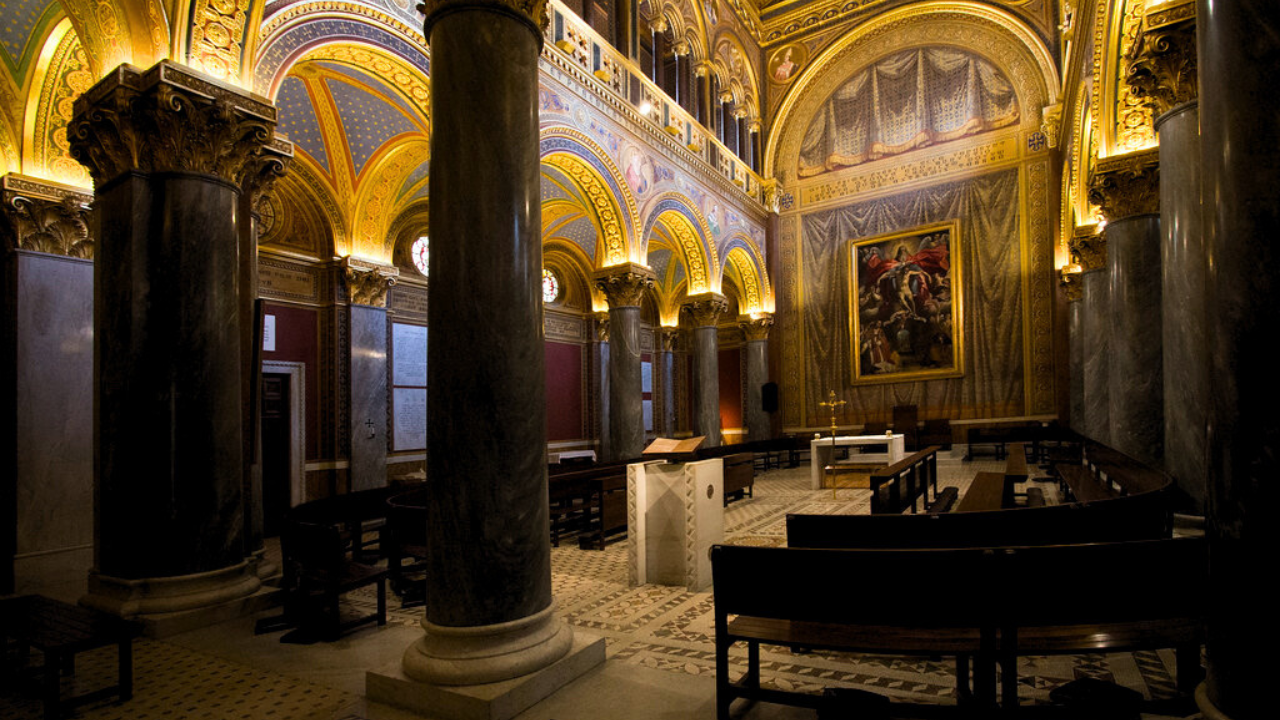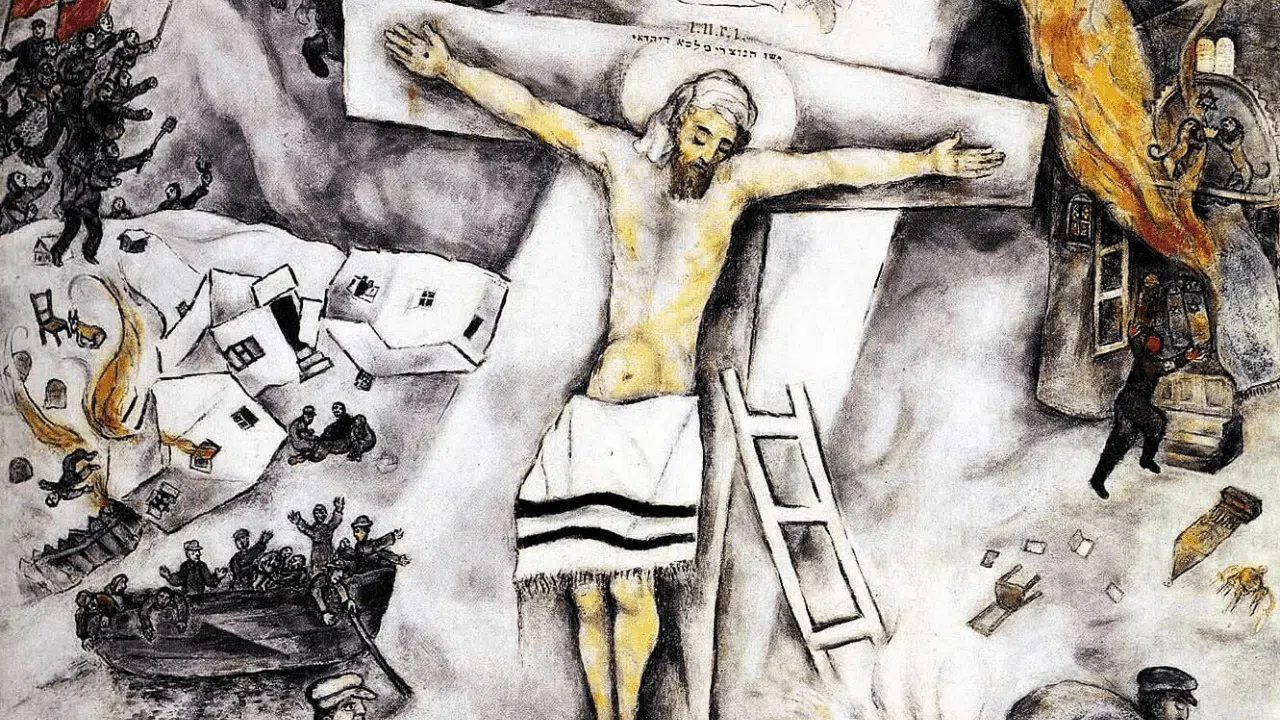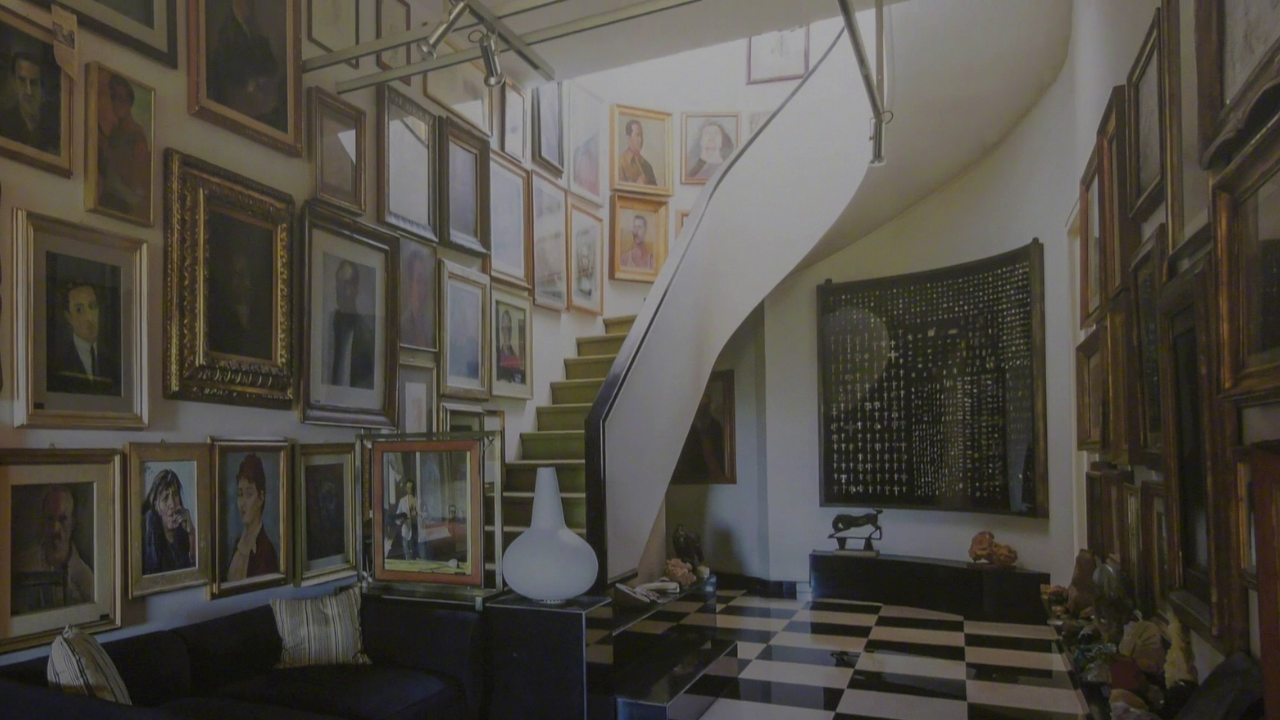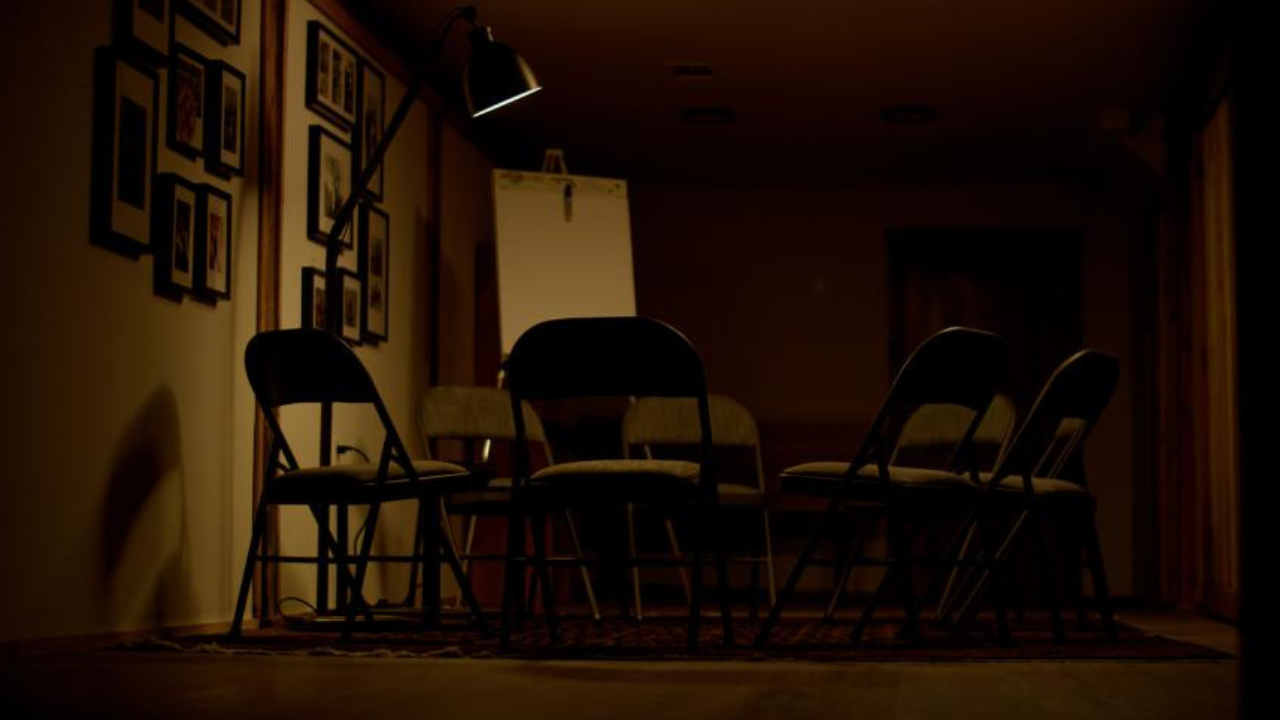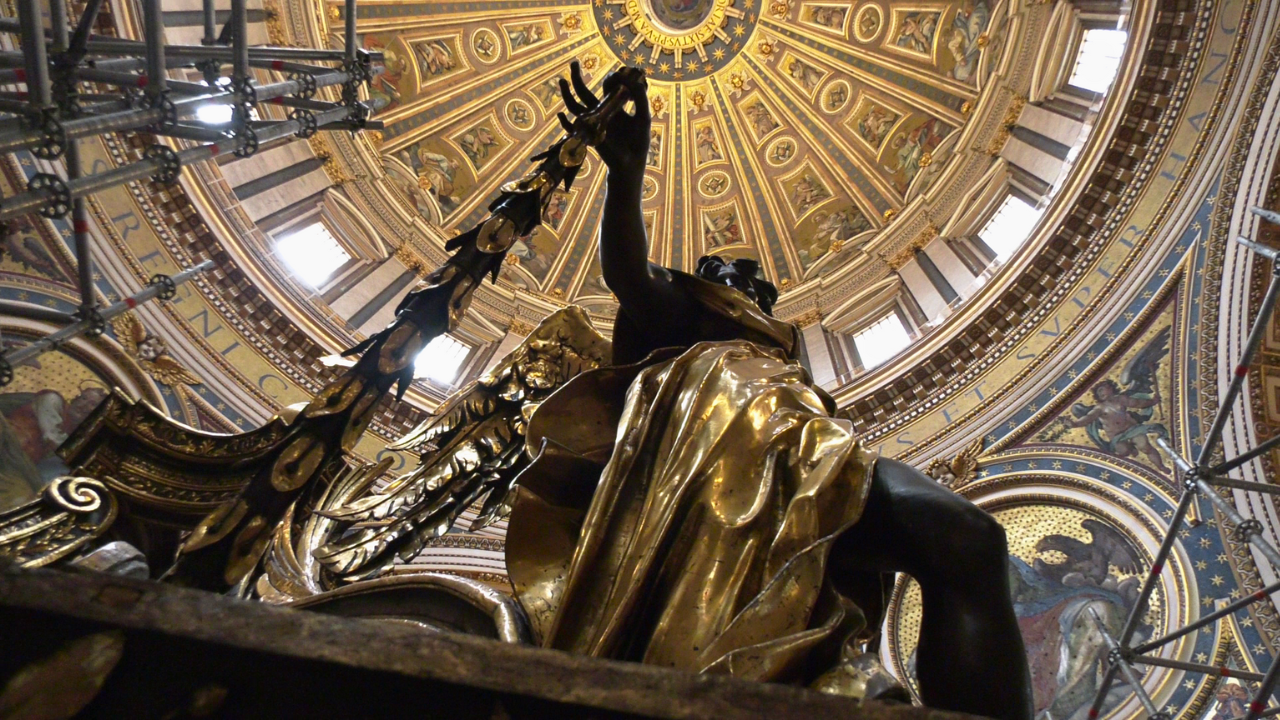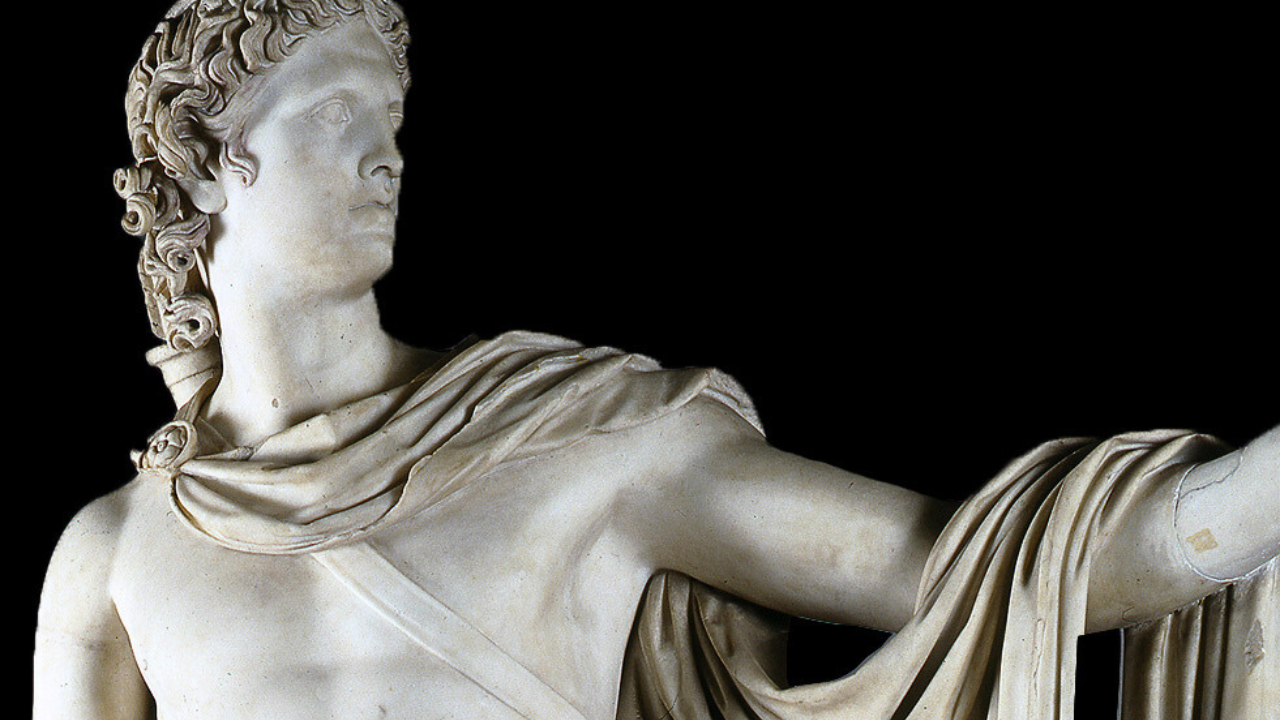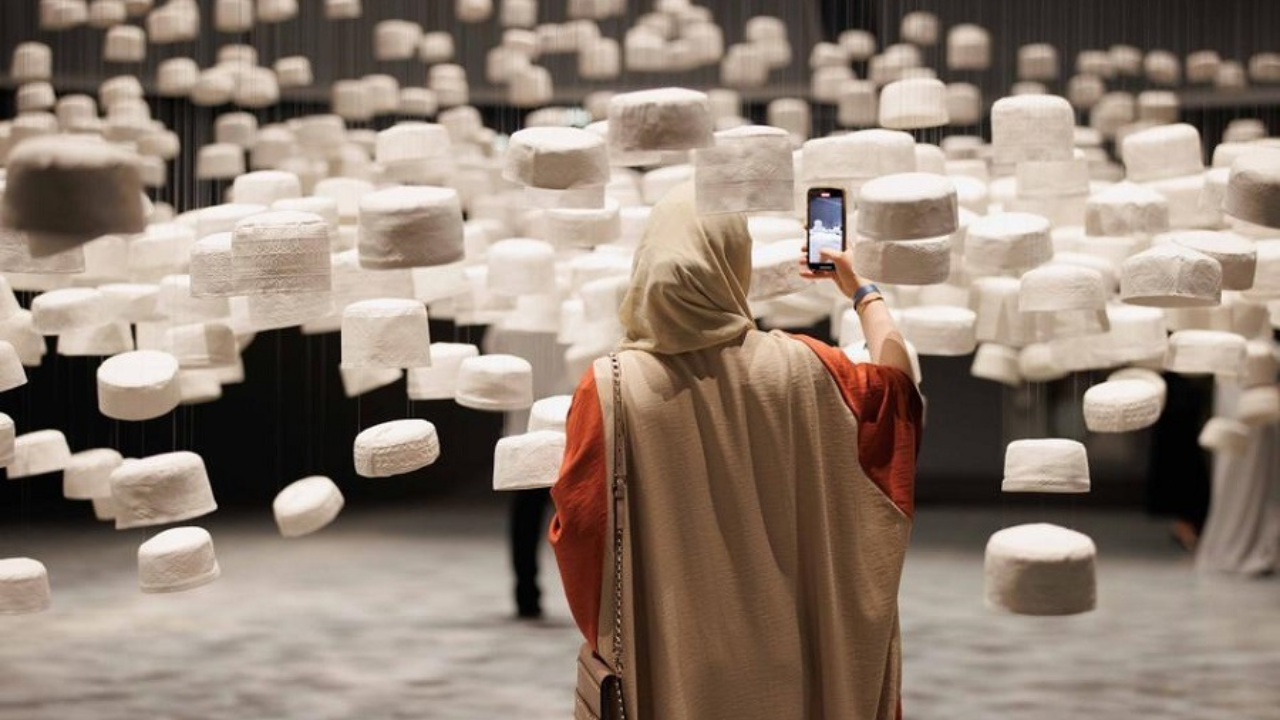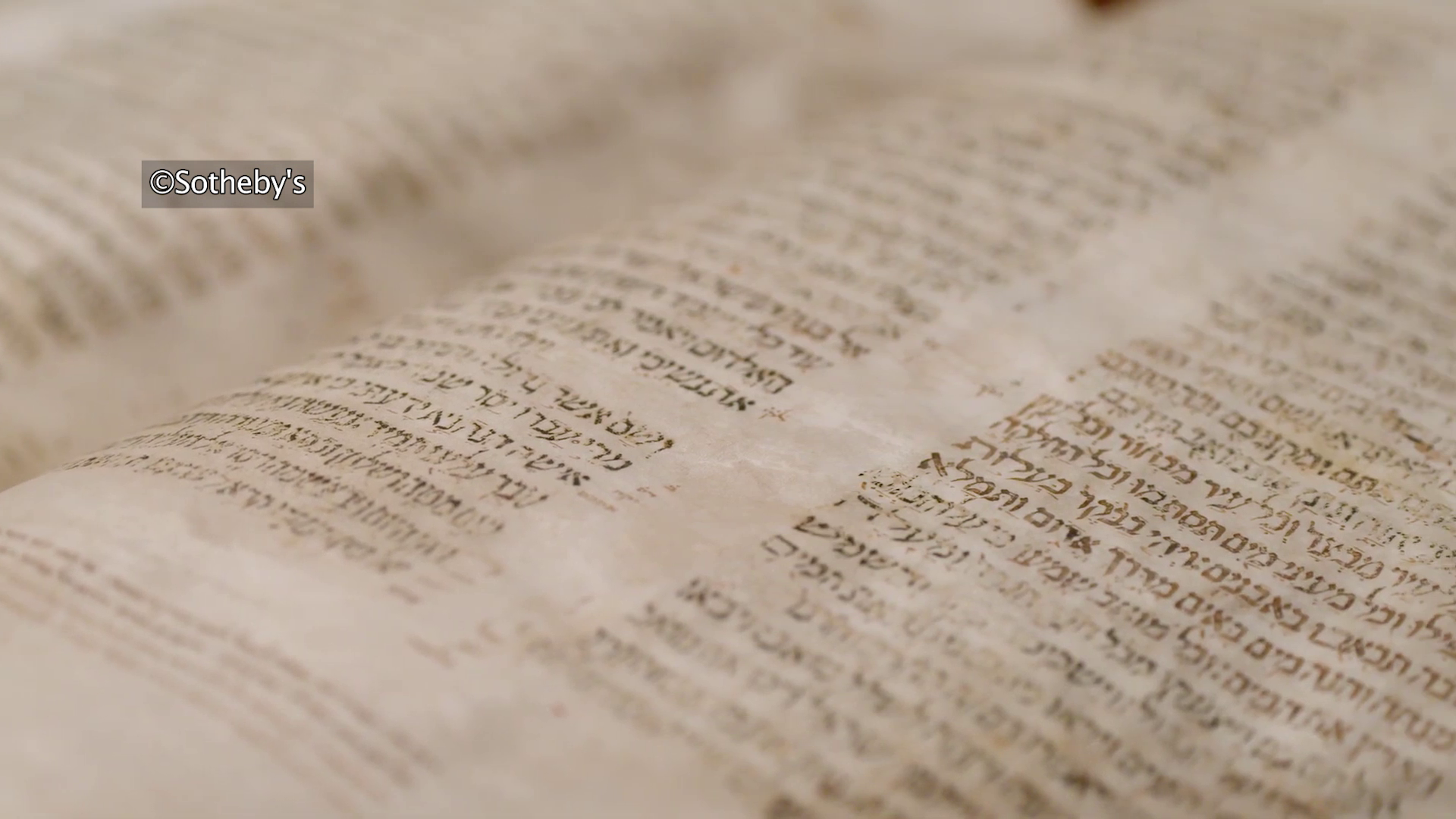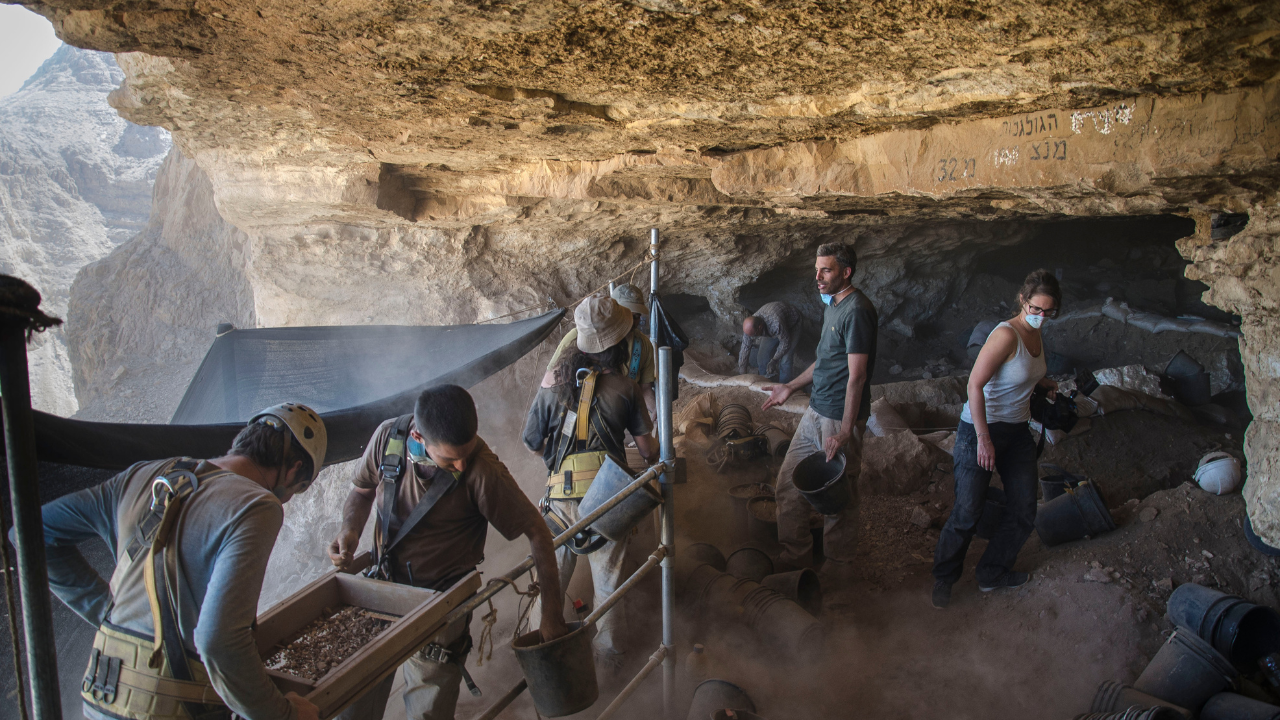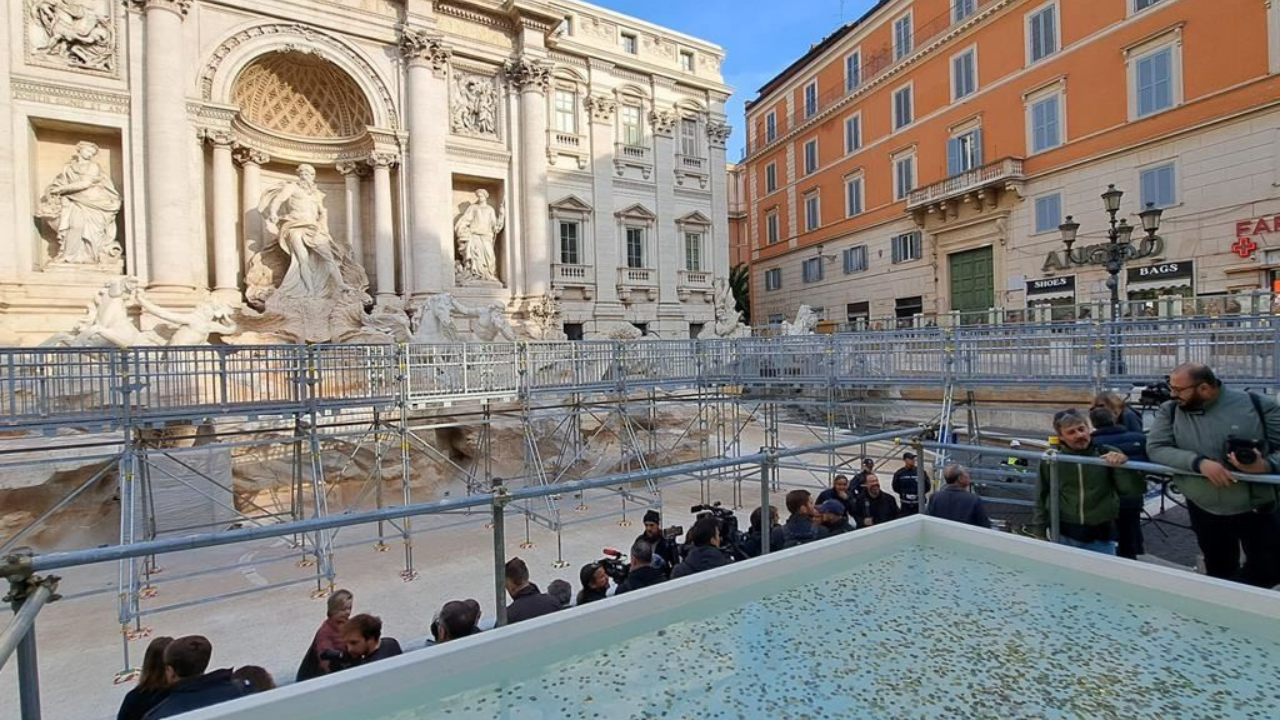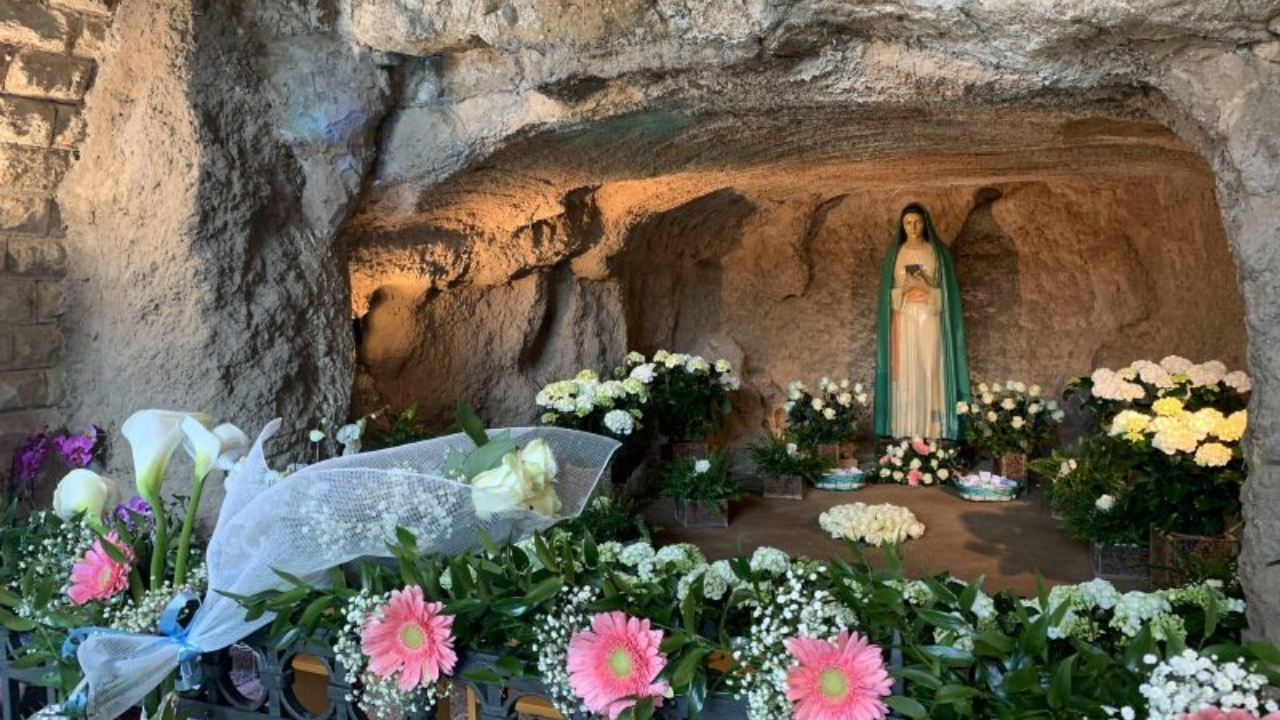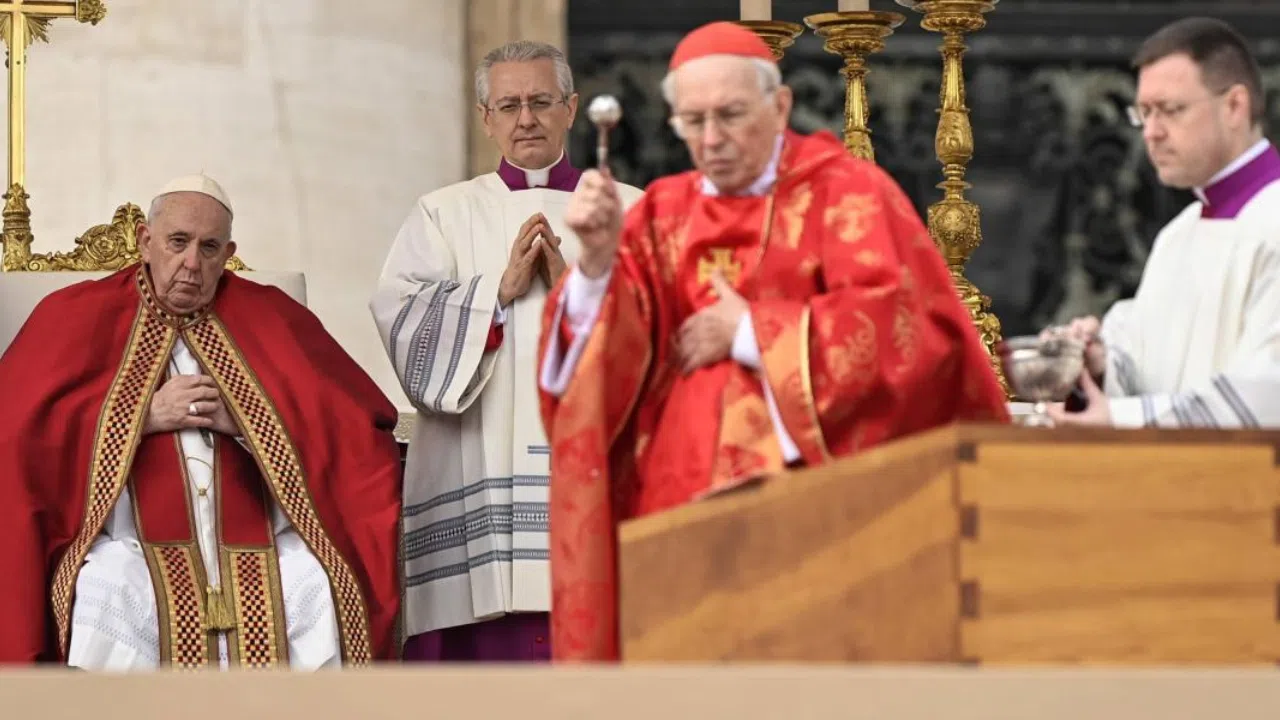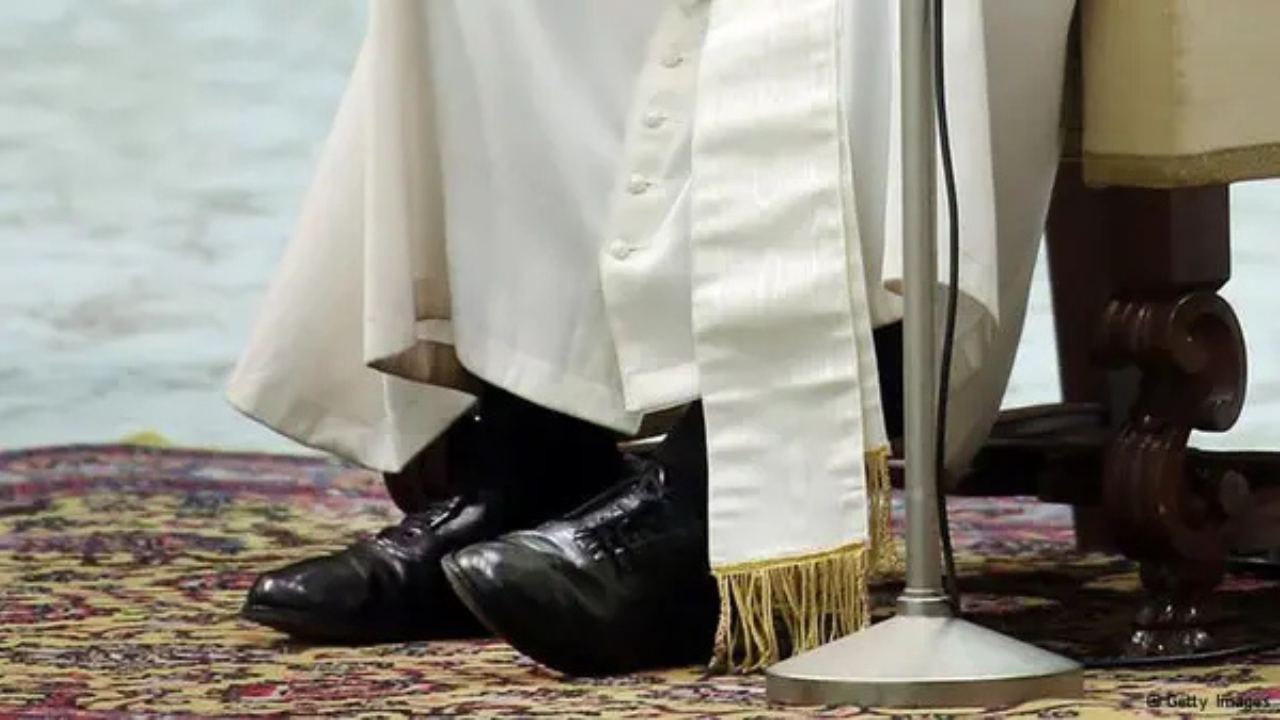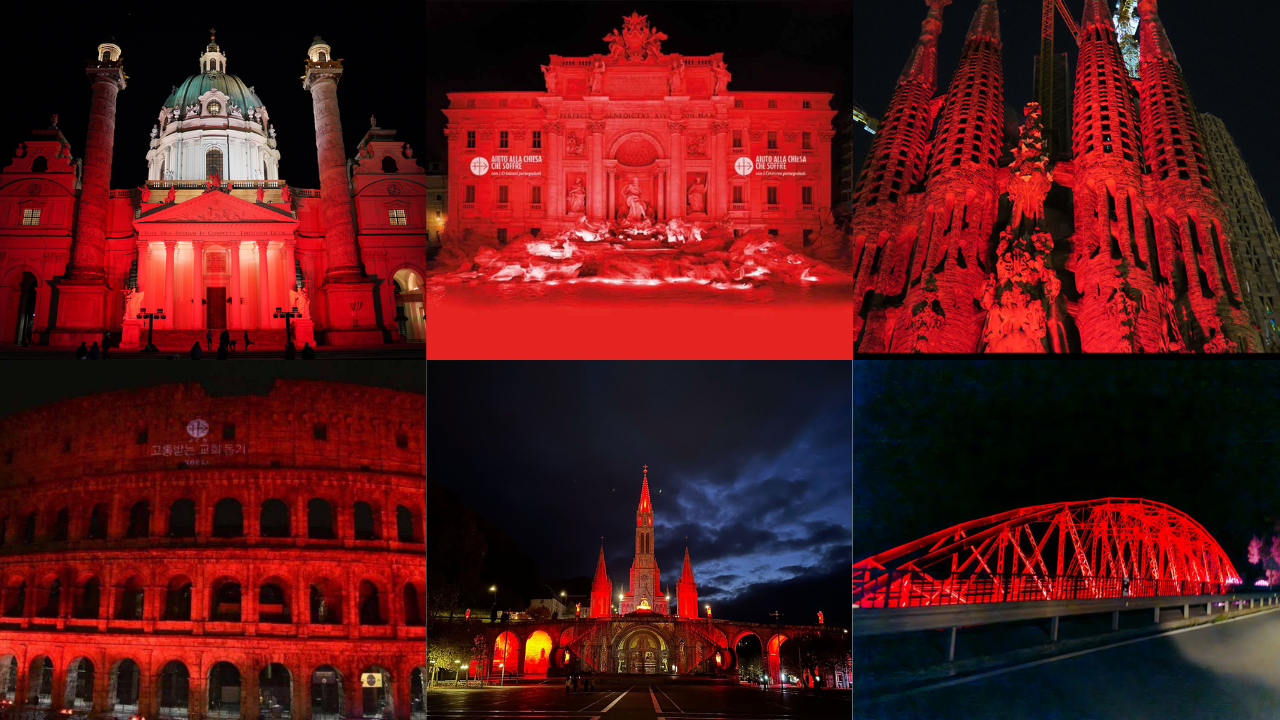For more than 1,000 years, Roman civilization was the center and capital of Europe. This history, and resulting effects have been captured in everything, from basilicas to tombs, and are still preserved and seen by thousands of tourists today.
Laura Donato, a Roman teacher and archaeologist, says Rome offers a perspective of art history that is difficult to find elsewhere.
LAURA DONATO
Vatican Archaeology Guide
'It's very important to point out that studying history is important to know that we are always the same. Humanity is always the same, just a different [style of] dress. I try to show in which way art history, or history or archaeology can be useful instruments to orienteer in the present, to try to imagine something different for the future.â?
Ancient art and traditions are especially notable in the Necropolis underneath St. Peter's Basilica. In looking at the tombs and mausoleums by both pagans and Christians, it was evident the Christians had a different, more hopeful view of death.
LAURA DONATO
Vatican Archaeology Guide
'Looking at the early Christian decorations, on coffins, on walls inside, small rooms excavating the catacombs or the Christian mausoleums, we'll see that just like iconography inspired by this happy idea of life after death, the most common iconography is inspired by the Good Shepherd or by Jonah or the resurrection of Lazarus. So many decorations inspired by this idea of life after death.â?
Even Pope Francis mentioned this idea. He spoke about the fear that has the ability to affect and even cripple people when they don't share in the Christian belief of the resurrection.
POPE FRANCIS
'Among us, commonly, there is a wrong way to look at death. Death affects us all and questions us deeply. Especially when it hits close to home or happens to children, the most defenseless, in a way that seems to us 'scandalous.' Those who live out mercy are not afraid of death. Do you agree? Let's say it together, 'Those who live out mercy are not afraid of death!'â?
The belief of life after death is evident through the art in Rome. It's a belief in history that Donato says gives recipients a different perspective on life, one with hope and a greater sense of purpose.
LAURA DONATO
Vatican Archaeology Guide
'Coming to Rome you can touch this important continuity between past and present times. Rome is named the Eternal City, not because we are still living in the same city, but because the classical culture, born in Greece, became in Roman times, the global culture of the world known at the time. And Christianity saved this culture, and used this culture to communicate the strength of the Gospel.â?
This strength is still evident in the Vatican today in the works of art still preserved from ancient times, which transmit the message of the resurrection and hope of the life to come.
MB
AA
-JM
-PR
Up:MB
